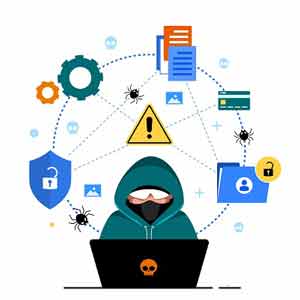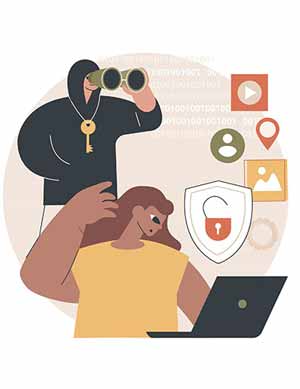How to Create Strong Passwords: Expert Tips and Strategies
Introduction
In today’s digital age, the importance of creating strong passwords cannot be overstated. Cybersecurity threats are ever-evolving, making it crucial to ensure that our personal and professional data is protected. In this article, we will provide comprehensive and detailed guidance on how to create strong passwords that will safeguard your online presence effectively.

Why Strong Passwords Matter
The primary purpose of a strong password is to protect your information from unauthorized access. Weak passwords are easy targets for cybercriminals who employ various methods to crack them. By using robust passwords, you significantly reduce the risk of identity theft, financial loss, and other cyber threats.
Characteristics of a Strong Password
Length
A strong password should be at least 12 characters long. The longer the password, the more difficult it is to crack. Length adds complexity, making it harder for brute force attacks to succeed.
Complexity
Incorporate a mix of uppercase and lowercase letters, numbers, and special characters. This diversity increases the number of possible combinations, making your password more resilient against attacks.
Unpredictability
Avoid using easily guessable information such as names, birthdays, or common words. Instead, opt for random combinations of characters that do not form recognizable patterns or sequences.
Tips for Creating Strong Passwords
Use a Password Manager
Password managers generate and store complex passwords for you. This not only ensures that your passwords are strong but also that you don’t have to remember them all. Examples of reliable password managers include LastPass, Dashlane, and 1Password.
Avoid Reusing Passwords
Each of your accounts should have a unique password. Reusing passwords across multiple sites increases the risk of a security breach if one site is compromised.
Incorporate Passphrases
Passphrases are sequences of random words strung together. They can be easier to remember than a random string of characters and can be just as secure if they are sufficiently long and include some complexity. For example, “Thund3r!Gl0be-Papaya” is a strong passphrase.
Implementing Multi-Factor Authentication (MFA)
Multi-Factor Authentication (MFA) adds an extra layer of security by requiring two or more verification methods. This could include something you know (password), something you have (security token), or something you are (fingerprint).
How MFA Works
A[User Logs In] --> B[Password Entry];
B --> C{MFA Check};
C -->|Success| D[Access Granted];
C -->|Failure| E[Access Denied];
D --> F[Account Dashboard];
MFA significantly reduces the likelihood of unauthorized access even if your password is compromised.
Regularly Updating Your Passwords
Changing your passwords periodically helps protect your accounts from potential threats. Set a reminder to update your passwords every few months, and ensure that each new password follows the guidelines mentioned above.
Common Mistakes to Avoid
Using Common Words and Phrases
Avoid common words, phrases, and easily guessable sequences such as “password123” or “qwerty.” Cybercriminals use sophisticated algorithms that can quickly guess these common passwords.
Writing Down Passwords
While it might be tempting to write down your passwords for easy recall, this practice poses a significant security risk. If you must write them down, store them in a secure location, or better yet, use a password manager.
Ignoring Security Updates
Ensure that your devices and software are always up to date with the latest security patches. Cybercriminals often exploit known vulnerabilities that are addressed in these updates.
Conclusion
Creating strong passwords is a fundamental aspect of cybersecurity. By following the tips and strategies outlined in this article, you can significantly enhance the security of your online accounts. Remember, the key to effective password protection lies in length, complexity, unpredictability, and regular updates. Implementing these practices, along with utilizing tools like password managers and MFA, will help you stay one step ahead of cyber threats.


